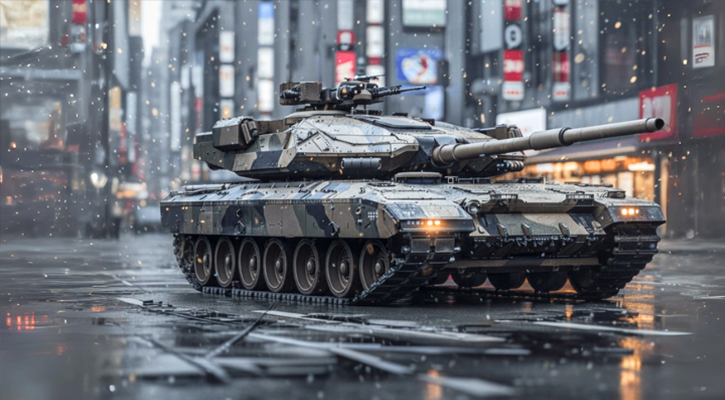Hard Shell employs the latest technology and design in armoring the vehicles in order to provide the highest level of protection in support of the light armored vehicle. We constantly strive to create the most compatible design for our armored vehicles. Our armored vehicles incorporate the latest armor composite technologies available. We take into account floor protection, suspension and brakes, as well as climate control, run-flat tyres, communications and the survivability of necessary components, such as the fuel tank, battery, and radiator.
Using cutting-edge ballistic steel and composite panels is the foundation of Hard Shell’s vehicle armor. These high-strength materials provide protection against projectiles as they are designed to withstand a variety of ballistic threats. Through the use of state-of-the-art metallurgy, Hard Shell improves the vehicle’s resistance to damage without compromising its maneuverability, making it a formidable force in difficult situations.

To improve safety, vehicles might have armor added as an additional layer of protection. It is made to withstand several kinds of threats, such as impacts, explosions, and gunshots. Vehicle armor offers a shield, protecting occupants in unpredictable circumstances and making travel secure. It is typically composed of robust materials like ballistic steel, Kevlar, etc.
Reinforcing a vehicle with armor increases safety. To withstand bombs and bullets, ballistic steel and composite panels are added. For maximum protection, the procedure also includes enhanced suspension, reinforced flooring, and unique design elements.
Many organizations utilize armored vehicles to boost security. They are used for special operations by law enforcement and for battle protection by military personnel. VIPs such as dignitaries and public officials also travel in armored vehicles. They might also be used by some companies to safely carry valuable cargo.
While armored cars are made to withstand gunfire, they are not completely bulletproof. To offer a robust defense against gunfire, they employ materials like ballistic steel. Safety is the top priority for armored vehicles, which provide strong protection against ballistic threats.
To enhance safety, a variety of vehicles can be armored. Typical options include SUVs, sedans, trucks, and even motorbikes. Due to the versatility of armoring technology, a variety of vehicle types can be strengthened to meet a wide range of security requirements
The vehicle's armor absorbs and distributes impact energy of attacks to keep occupants safe. Ballistic armor is designed to stop or slow down bullets and other projectiles, whereas blast-resistant armor lessens the effects of explosions. Armored glass is utilised to provide a transparent defence against ballistic threats while preserving visibility.
Handling and performance can be impacted by adding armor to a vehicle. The extra weight could reduce acceleration and fuel economy. Modern engineering, however, reduces these impacts. In order to preserve good handling and strike a balance between protection and overall performance for a safe and effective driving experience, armored vehicles are equipped with suspension and brake reinforcements.
Yes, armored vehicle can be serviced and maintained. Regular maintenance and repairs can be handled by qualified personnel with experience working on armored vehicles. Regular servicing keeps the vehicle in top shape and provides safety and reliability for a longer period of time, even though some parts might need specialist care.
End to end control
Precision Crafted for Your Needs
A Global Shield of Confidence
Sustainability at the Core of Safety